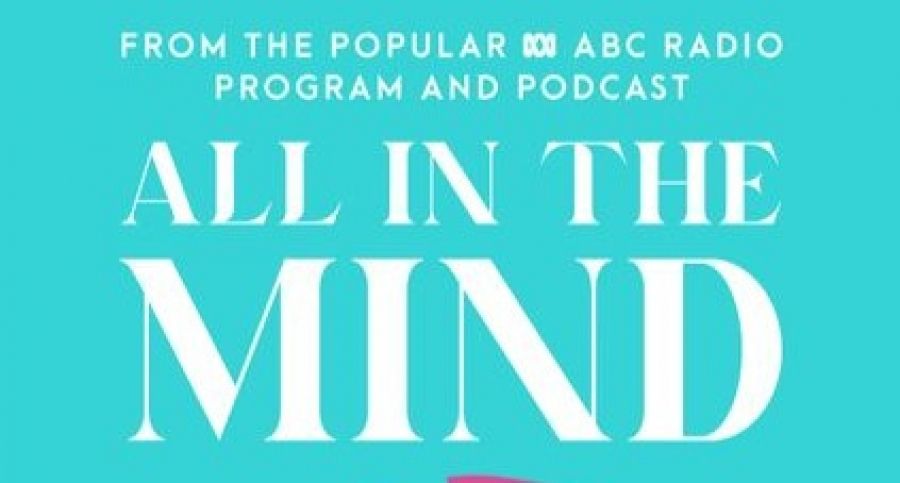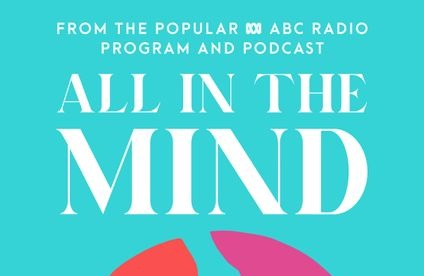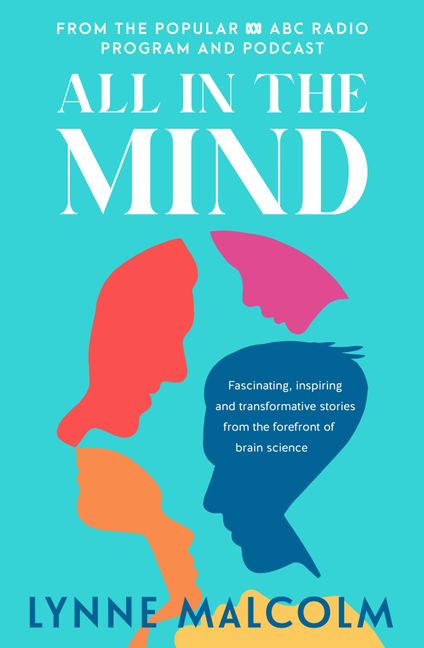
- Free Article: No
- Contents Category: Neuroscience
- Review Article: Yes
- Article Title: Mindful enthusiasm
- Article Subtitle: A harvest of ideas about consciousness
- Online Only: No
- Custom Highlight Text:
All in the Mind has oscillated the ABC Radio National airwaves for a remarkable twenty-one years. Founded by Natasha Mitchell (2002–10), carried forward by Lynne Malcolm (2012–20), and now hosted by Sana Qadar, the show has created a roomy and inviting space for listeners intrigued by the mind, brain, and mental illness. That space is much more crowded now than it was when the program launched, thanks to the proliferation of podcasts and the growth of science journalism, but All in the Mind remains the forum of choice for psychology and neuroscience enthusiasts.
- Featured Image (400px * 250px):

- Alt Tag (Featured Image): Nick Haslam reviews 'All in the Mind' by Lynne Malcolm
- Book 1 Title: All in the Mind
- Book 1 Biblio: ABC Books, $34.99 pb, 368 pp
- Book 1 Cover Small (400 x 600):

- Book 1 Cover (800 x 1200):

Malcolm’s short chapters rove far and wide over the terrains of thinking, emotion, and behaviour, but spend the most time grazing in the fields of mental health and illness. Opening chapters explore the fundamental processes of human cognition, examining neuroplasticity, the nature of consciousness, and the roots of memory and creativity. These topics are illustrated with striking clinical phenomena that arise when things go awry, such as the famous case of HM, who lost the capacity to lay down new memories, and locked-in syndrome, where people retain conscious awareness despite being unable to move or speak. Malcolm pays special attention to sleep and dreaming, dissecting an assortment of sleep problems and the phenomenon of lucid dreaming, in which people become their own oneiric movie directors. Malcolm’s focus then shifts to ambiguous phenomena that appear from different angles as gifts or as disabilities. She explores synaesthesia, the mixing of sensory modalities, such as when sounds or numbers are perceived as having colours; a syndrome in which blind people see phantom images; and people at both ends of the face recognition spectrum, from those who struggle to recognise close friends to those with extraordinary powers. The autism spectrum, pointedly examined separately from later sections dedicated to mental illness and its treatment, is viewed from the ascendant neurodiversity perspective as a hard-wired ‘difference’ rather than a disorder. The arts are championed as a medium for celebrating and expressing that difference.
The concluding sections of the book offer a range of insights into the manifestations and treatments of mental illness. Trauma takes centre stage in the explanations offered for many conditions, and holistic alternatives to mainstream psychopharmacology and psychotherapy that promise to epoxy the mind-body split are featured. Music, humour, meditation, social connection, and psychedelic drugs are given their due, among other less trodden pathways to healing.
Throughout these inquiries, Malcolm’s persona is warm and enthusiastic, inserting just enough personal history to maintain a narrative thread and amplifying her guests’ sense of fascination. Her conversations bring a steady stream of arresting factoids. Who knew that blue placebos have calming effects, except in Italy, where they may rouse the footballing passions of Azzurri supporters? That there may be more than one hundred distinct conditions causing dementia? That facial super-recognisers have been enlisted in identifying suspects by London Metropolitan Police? That dreaming doesn’t occur only in REM sleep, or that ‘medical musician’ is a viable career option? Although All in the Mind is in essence a patchwork of many conversations and insights, Malcolm’s stitching is barely visible to the reader. That her book manages to cohere and integrate is a significant accomplishment given the breadth of its coverage.
Although the book succeeds in promoting the fruits of the mind and brain sciences, it tends to underplay their uncertainties. Strong claims made by Malcolm’s guests tend to go unchallenged, and their evidential weaknesses are often overlooked. Psychology has had a sober reckoning with the failure of many of its research findings to replicate – a problem even greater in some medical fields, such as cancer research – and a growing backlash against the hyping of discoveries has resulted. Occasionally, the book appears not to acknowledge the scientific limitations of the work it cites, as when a careful epidemiological study of more than one million Swedes on links between mental illness and creativity is followed on level pegging by a simple study of twenty-four artists. Nary an eyelid is batted when it is reported that dissociative identity disorder (formerly known as multiple personality) ‘may affect between 0.01 and fifteen per cent of people’, a gaping disparity that might appear to throw some doubt on claims about the diagnosis.
More generally, the book emphasises the positive task of boosting new ideas over the critical work of contesting them and teaching the controversies. There is lively disagreement about the efficacy of psychedelic treatments (which somehow escape the criticism often levelled at psychiatric medications), about the validity of the concept of neurodiversity, about claims regarding neuroplasticity, and about the fundamental nature of consciousness. In its eagerness to cover a broad territory and boost the excitement of life at the scientific and therapeutic frontier, All in the Mind sometimes omits important context and disagreement. Hans Asperger is held up as a visionary in understanding the autism spectrum, for example, despite recent scholarship revealing his troubling accommodations to the Nazi regime, including sending disabled children to certain deaths at Vienna’s Am Spiegelgrund clinic.
Paying more heed to scientific limitations and to theoretical and historical disagreements might have made All in the Mind a more rigorous book, but it also would have made it duller, more academic, and less readable. The book succeeds on its own terms as an accessible and expertly curated exposition of the growing edges of research and theory. Readers who wish to delve deeper can begin with Malcolm’s extensive list of readings, websites, and relevant episodes. For the reader starting out on a voyage of psychological discovery, or the more seasoned reader hoping for a transporting tour of new ideas in the field, this volume will be an excellent choice.


Comments powered by CComment